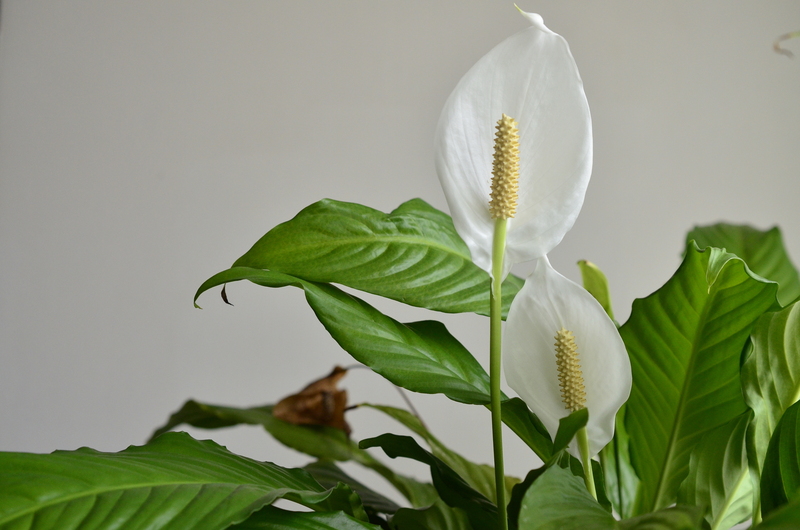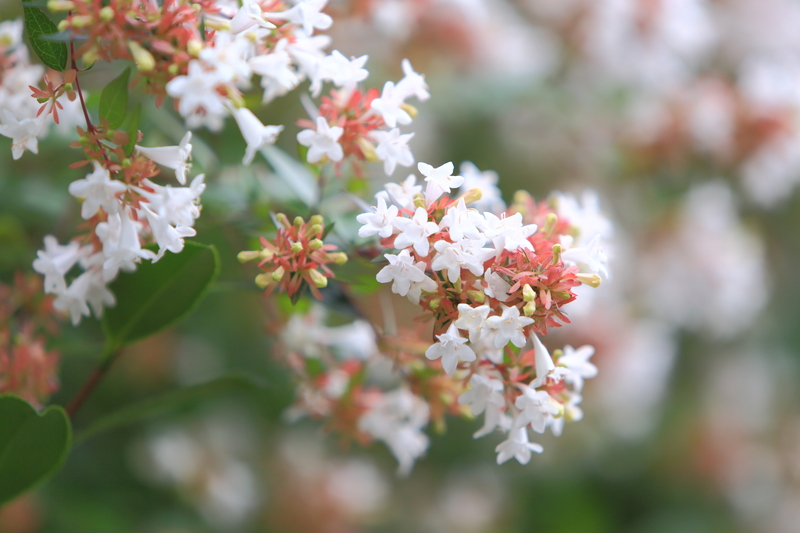Boost Lawn Health: 7 Expert Tips
Posted on 04/01/2025
Maintaining a lush, green lawn can be challenging, but with the right strategies, it's definitely achievable. By following expert advice and best practices, you can significantly improve the health and appearance of your lawn. In this article, we'll cover seven expert tips to boost your lawn's health, discuss the pros and cons of each, and provide you with actionable takeaways.
1. Choose the Right Grass Type
The first step in achieving a healthy lawn is selecting the appropriate type of grass for your region and soil conditions. There are warm-season and cool-season grasses, and choosing the right one ensures your lawn can thrive through seasonal changes.
- Warm-season grasses like Bermuda, Zoysia, and St. Augustine are ideal for hotter climates.
- Cool-season grasses like Kentucky Bluegrass, Fescues, and Perennial Rye are better suited for cooler climates.

2. Mow Properly and Regularly
Proper mowing is crucial for lawn health. Cutting your grass too short can stress it, while irregular mowing can lead to thatch buildup and uneven growth.
- Maintain a mowing height of 2.5 to 3.5 inches for most grass types.
- Mow regularly, ideally once a week during the growing season.
- Keep mower blades sharp to ensure clean cuts.
3. Water Wisely
Watering is essential, but overwatering can be just as harmful as underwatering. Understanding the water needs of your grass type and the local climate is vital.
- Water deeply and infrequently to encourage deep root growth.
- Early morning watering reduces evaporation and fungal growth.
- Consider using a smart irrigation system to optimize water usage.
4. Aerate Your Lawn
Aeration improves soil structure and promotes healthy root growth by allowing air, water, and nutrients to penetrate the soil. It's particularly beneficial for compacted soils.
- Best done in the fall for cool-season grasses and in the spring for warm-season grasses.
- Use either spike aerators or plug aerators for best results.
- Aerate your lawn at least once a year.
5. Fertilize Appropriately
Fertilizing your lawn provides essential nutrients that promote growth and sustain health. However, over-fertilizing can lead to nutrient imbalances and environmental harm.
- Perform a soil test to determine nutrient needs.
- Apply fertilizer during the growing season of your specific grass type.
- Use slow-release fertilizers to avoid nutrient runoff.
6. Control Weeds Naturally
Weeds compete with your grass for nutrients and water. Controlling them is essential for a healthy lawn.
- Mulch to suppress weed growth.
- Hand-pull weeds or use non-toxic herbicides.
- Maintain a healthy, dense lawn to prevent weed infestations.
7. Monitor and Treat Lawn Diseases
Lawn diseases can quickly devastate even the healthiest lawns. Early detection and treatment are key.
- Regularly inspect your lawn for signs of disease.
- Identify the specific disease and apply appropriate fungicides or treatments.
- Improve aeration and reduce thatch to prevent disease spread.
Pros and Cons
Pros:
- Improved lawn appearance and health.
- Reduced environmental impact with less reliance on chemical treatments.
- Increased property value.
Cons:
- Can be time-consuming and labor-intensive.
- Initial setup costs for tools and materials may be high.
- Requires ongoing maintenance and monitoring.
Tips to Remember
- Understand your lawn's needs based on grass type and soil conditions.
- Keep a regular mowing, watering, and fertilizing schedule.
- Be proactive in disease and weed management.
- Regular aeration and soil testing can prevent many lawn issues.

Takeaways
- Invest time in selecting the right grass type for your lawn.
- Regular maintenance is key to preventing problems and promoting health.
- Use organic or natural treatments wherever possible to minimize environmental impact.
Conclusion
A vibrant and healthy lawn is the result of diligent care and informed practices. By choosing the right grass type, mowing properly, watering wisely, aerating, fertilizing appropriately, controlling weeds naturally, and monitoring for diseases, you can significantly boost the health of your lawn. While the process may be time-consuming, the end result of a beautiful, lush lawn is well worth the effort.












